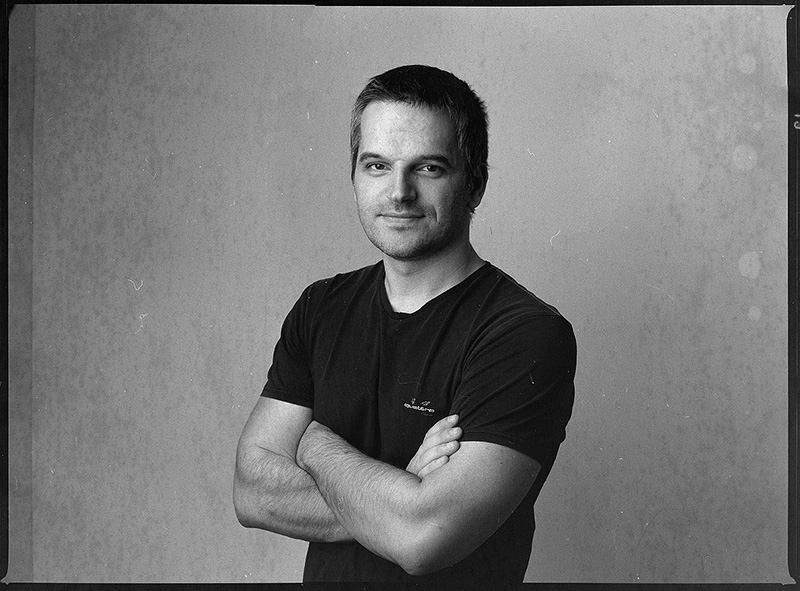
B: Hi Simeon, can you tell us a little bit about yourself and how you came to use manual lenses?
S: Hi! I will start with what I do for a living: I am a graphic designer and photographer based in Bulgaria. I started editing photos long before I had my first experience with a camera (and that was as part of my job as a designer). But it was only a matter of time for me to get excited about taking the pictures myself. I started with what gear was available in the companies where I was an employee, but back in those days the Canon G5 was like space technology in my eyes. Because of the huge depth of field of these compact cameras I was mainly focused on landscapes and macro. When I got bored of landscapes and macro I started to look around for something with a larger sensor.
For taking portraits I bought my first camera with interchangeable lenses. It was the Pentax K200D with one manual SMC Pentax M 50 1.7. It was really hard to focus manually but I am a calm person and with a little bit of practice I started to improve a lot. Also back in those days I was not making enough money to buy AF lenses and I was happy that Pentax was a system with options for cheaper manual glass. Later when the mirrorless cameras arrived I was very impressed with their functionality when using manual lenses.
In the end I was forced to leave Pentax because of the unreliable AF, which was a problem when I was shooting events. Also, I was starting to get into video shooting and Pentax was totally out of the game there. So I was switching to Nikon and Sony, the decision had been made.
I was always into manual lenses right from the beginning. There is something about them that makes me buy more and more of them. I do not know for sure what it is, but I think it might be the combination of the vintage feel, awesome focus mechanics and true glass which creates photos with character and depth. Maybe I like them mostly for the character, as a portrait shooter I want my pictures to look different from time to time and I need different tools for the job. Focusing manually was in my workflow anyway, because I hated the AF systems of the DSLRs which weren’t able to focus reliably with the off center AF points. Furthermore I had to think about AF points, calibrations, settings etc.
Nowadays my Sony can focus by itself with ease on human eyes no matter where they are in the frame, but I still use my manual glass because it is so easy to manual focus with those EVFs. And since I am not in a hurry when I make portraits, I quite enjoy doing it that way.
B: Can you give us a look into your camera bag and tell us a little about your gear?
S: Well what can I say, I am a huge fan of efficiency. Whatever I chose to use as gear, it is not because the way it looks or the ergonomics, it is because it fits my workflow and delivers. I use the Lowepro Flipside 400AW as my main bag, I find it very convenient while I am out shooting.
About my camera’s brand… I do not have one. I am not a fan of brands, for me cameras and lenses are tools and I do not hesitate to mix stuff. For example there was a period in my life when I was mounting Nikon lenses on my Pentax body. Right now I have two systems of digital cameras: the one I use rarely is the Nikon D750 body, it is only for weddings and other events where I need the fast AF and the dual card slots for backup.
And this is where it gets complicated: my other system is Sony E-mount and there are a lot of adapters that I use. Most of my lenses are not Sony or even originally E mount. I use the A7r and A7rII bodies and from time to time the A6300. Those are my cameras for now.
Adapters – I have almost all kinds of those. Simple ones, electronic, tilt, speed-boosters and I mix them often too.
Lenses – well I will mention only the ones that get me excited, otherwise this would become a very long article. And I will keep it short on the explanations leaving the shots to speak about the lenses. I will start with the wide angle.
- The Sigma 35 1.4 Art, I find it to be quite nice. I use it on Sigma MC-11 adapter with the Sony bodies and from time to time tilted on the mechanical tilt adapter.
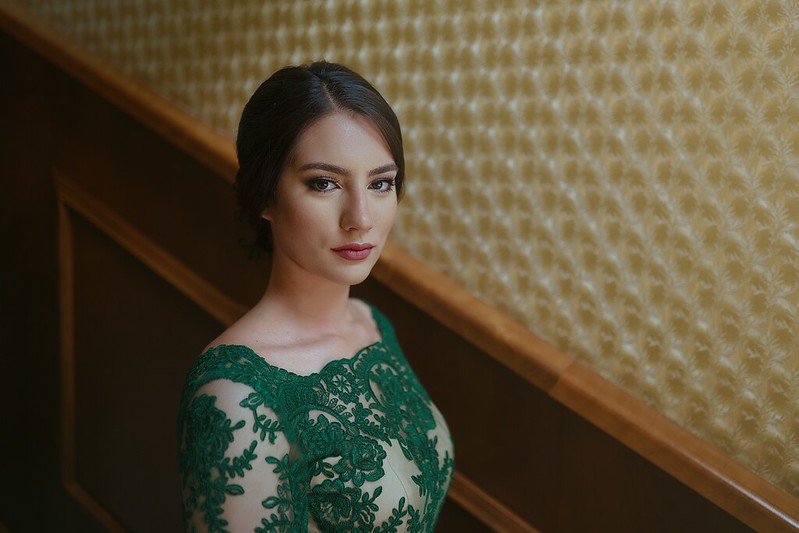
A7rII | MC11 | Sigma 35mm 1.4 Art 
A7rII | Tilt adapter | Sigma 35mm 1.4 Art And then the 50mm lenses. I have tested a lot of them, but only few have made it into my bag. I will start with the cheapest one:
- KMZ Zenitar 50 1.7 – I have two copies of this one. It is so special that I can heartily recommend it. If you have the chance to get one – do it. It is different from all other 50mm Planar-scheme lenses from any manufacturer.

A7r | Lens Turbo II | KMZ Zenitar 50 1.7 The next 50mm I will mention is my most expensive one.
- The Mitakon Speedmaster 50mm 0.95 II – It is awesome, I love almost every shot I take with it.
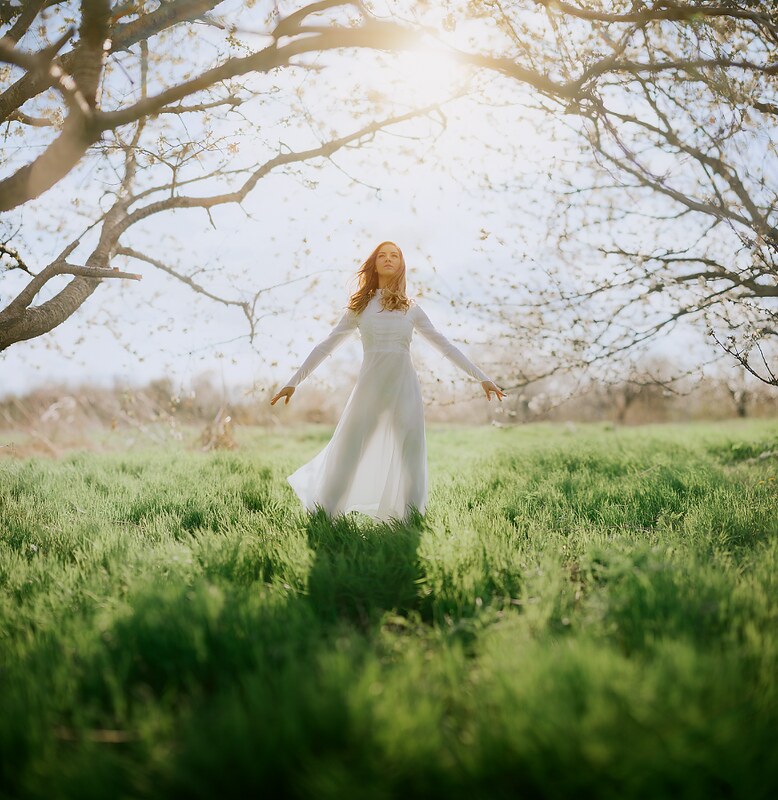
A7rII | Mitakon 50 0.95 II | the image is a bokehrama stiched from 14 images Next I will mention my favorite 85mm:
- The Canon FDn 85mm 1.2 L. It is kinda like a mix of all 85mm lenses that I like for a whole different reasons. My copy is in awful shape but still delivers great images.
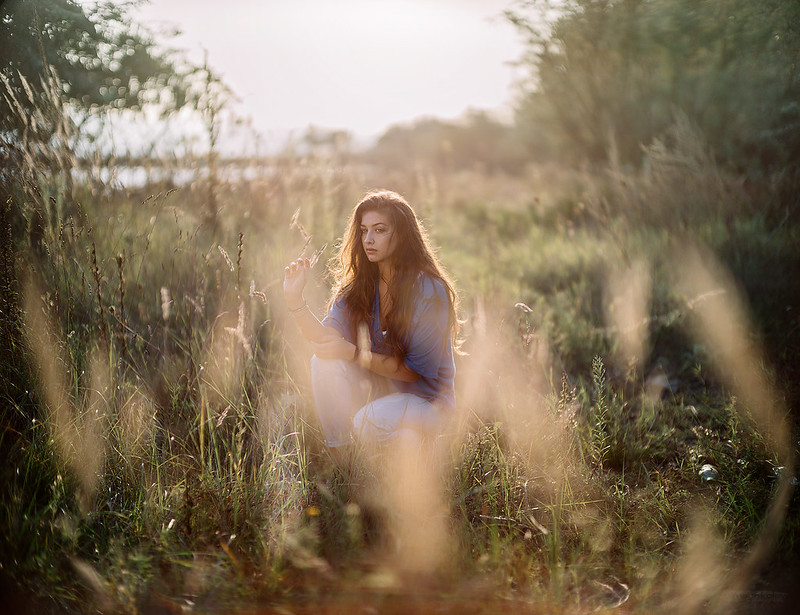
A7r | Lens Turbo II | Canon FDn 85 1.2 L And there are some honorable mentions:
- Sony SEL 10-18mm F4.0 – my wide angle landscape, interior, video, ultra versatile lens. I use it on the A7r bodies with removed rear baffle as a 12-18mm lens. It delivers decent quality that way and is the most compact and lightweight tool for the job.
- SMC Pentax M 28mm 2.8 II – ultra compact and quite nice lens for all purposes. Very interesting for tilt.
- Canon FDn 50mm 1.2 L – one of the best 50 1.2 even today.
- Minolta Rokkor 58mm 1.2 PG – one great lens for portraiture. It is kinda like 50mm and 85mm mix, it is longer then a 50mm and gives more compression but with wider field of view then an 85mm. It is also lovely as a tilt lens with its creaminess.
- Canon FDn 135mm 2.0 – I am not a huge fan of 135mm as a focal lenght, but this lens is a keeper. It is so small and lightweight for its wide f/2.0 aperture and the bokeh is soo creamy.
- Nikkor 180mm 2.8 ED AIS – my longest lens at the moment. I use it rarely (like the 135mm) but when I need more compression of the background or extra reach for something in a distance it delivers. It is one of the best lenses in its range. Almost no CA, great sharpness across the frame right from f/2.8 and of course: awesome bokeh.
- Soligor 85mm 1.8 Preset – a very rare lens. I happen to have it because a friend of mine who was selling it was pushing me around for 2 weeks to go out and test it. I was very impressed and surprised by it from the first test shot. It was WOOW. The lens is like a Petzval with very swirly bokeh and very artistic rendering. But the bokeh is not so nervous like in Helios 40 or others, it is significantly smoother. It just has the perfect swirly bokeh for my taste.I also have to mention some of my latest toys. Most of the people have started their path in photography on film first and then went digital, but the younger ones (like me) – we have started on digital (most of us) and then we discovered that film is something different. Since I was using 35mm film cameras for a long time I was tempted to try something larger. So I will say something here about my latest passion:
- Mamiya C330 with 80mm 2.8 Sekor lens. Awesome 6×6 camera for the price. Since my inspiration during the years was always strongly affected by medium and large format film shots, now I have started to shoot it myself and I am telling you: there is nothing that can make you think and make better pictures than a film camera. The limitations that you get from it combined with the awesome qualities of the film had a great affect on my point of view.
And my second medium format film camera:
- Mamiya M645 with Sekor 80mm 1.9 C lens. It is early for any feedback right now, but I think that the future will show only great portraits from this one. I bought this camera especially for using that lens and shooting with natural light outside. For flash photography the C330 has huge advantages with a sync speed up to 1/500sec. If you want to see more from my gear you can check out my flickr profile, where I upload a lot of test shots.
B: Do you have a favorite subject matter?
S: Yes, these days I like to shoot portraits. And my usual subjects are young girls mostly without any experience in being a model. I like the process of working with them to extract some natural poses and looks. If the model already knows how to pose than what am I doing would be what? Only pushing the trigger?
So yes – I like to shoot people. Also I am a huge fan of dancers. They have this amazing thing, when they move their bodies they are so graceful and beautiful. Overall I think that the model must have some connection with the photographer while they are shooting, when they talk about their lives or discuss something not related to the photoshoot, that is when the magic happens. If you just pose your subject it shows in the final result, but if you distract him or her with something you can get some real stuff – emotions, feelings that are much more natural and interesting. That is more valuable for me – taking a photo that others will not take.
B: You also shoot weddings with manual lenses which many people would probably never dare to do. Do you think this is a disadvantage or may it in fact even be an advantage?
S: It is a matter of personal choice. My shooting style is not that agressive and dynamic most of the time and I am a calm and patient person, who likes to think more before taking the shot. With some experience I started to know when something is going to happen and how to shoot it. And in that case manual focus is not a problem anymore. Sometimes it is even an advantage, because some moments are hard to be caught with AF. Also not having to think about focus points is making me feel free sometimes. The main point is that I use MF on my mirrorless bodies though, where MF is much easier than on a DSLR.
So long story short: it can be an advantage and a disadvantage, it really depends: if you want to have a different look of the image and modern lenses do not have those optical defects that you like, or you want to tilt the focus plane a little, or it is too dark for the AF to work – that is when manual focus will be an advantage. But if you want to catch a moment in a dynamic situation when people are dancing or running and the most important thing is to have exactly that moment AF can be an advantage. That is why I think it is a personal choice what tools to use. It is important that you are comfortable with the gear while shooting and if you have the confidence that you can do it – then why not using manual lenses?
B: Is there a photographer which has inspired you?
S: Yes I get inspired by almost everyone, but in different ways. And yes some people inspire me more. For example my most favorite author to this day might be Artur Saribekyan. Like most of the internet famous, Russian photographers he was first a painter and after that he started shooting with a camera. Knowing the rules of composition, color and etc. those people (painters) can create some great results in photography.
B: Are there certain characteristics that you look for in a lens and do you rather find that in older or newer lenses?
S: When I choose tools for photography I try to follow some personal rules: the lens is a tool, so it has to give me something different, something that will make my photo stand out from the others. If this thing that stands out is going to be more bokeh, or stranger bokeh, or great flares, fast AF, fast aperture or anything else does not matter. Then it has to be affordable for me, bacause if I give all my money for one camera or lens I will be afraid to use it and this is a restriction I will always try to avoid. The tool is a tool, I am neither a collector nor a slave to a brand. If a lens is in my bag that means that it has been selected because it fits my workflow and is meant to be used for taking pictures or shooting video.
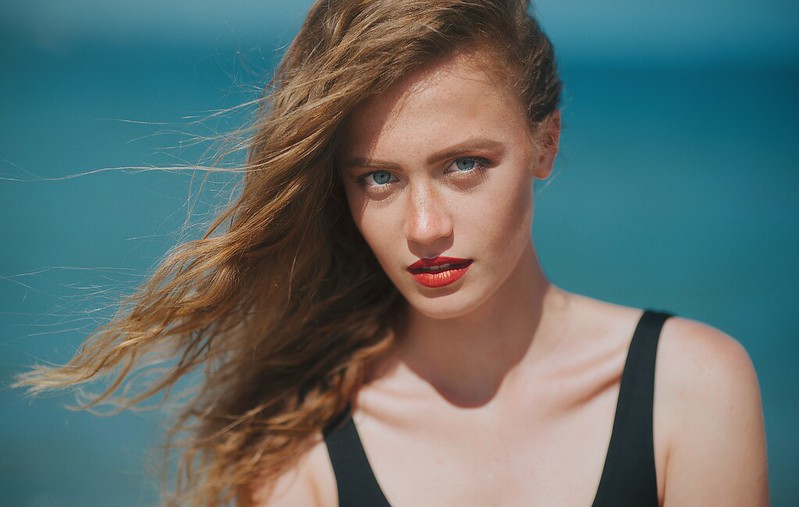
B: Do you have a favorite lens at the moment?
S: Well… I am not sure about that. They are so many and sometimes one of them is my most used, sometimes another one. I can’t pick one and say: this is the one. Also every time I go out shooting I use at least two bodies with different FOV lenses in order to get two different ways to tell a story.
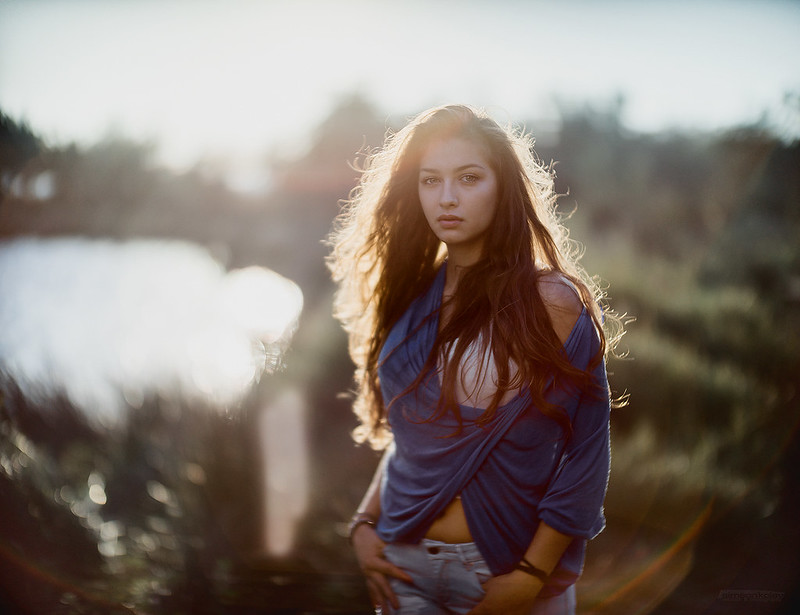
B: As I have seen you also shoot film, what do you think it gives you compared to digital?
S: Film is something special for me. It captures light in a different way, more realistic, more 3D and very organic and natural. Film is chemistry and physics while digital is more mathematics. They are different. But one thing is for sure – I love film and the results from it are much better in my eyes than digital pictures. I have always tried to mimic film with my digital edits. The evolution of digital cameras made them better in many aspects, but I do not think that they are better in the aspects that really matter to me. We tend to focus a lot on resolution, lack of noise, aberrations and so on. But those things do not matter that much for the final result while the natural colors, realistic contrast (not HDR like) and other things matter and modern cameras are starting to depart from these. I hate that modern cameras do not have really untouched RAW files anymore. We are unfortunately witnessing more and more proccessing in RAW files these days.
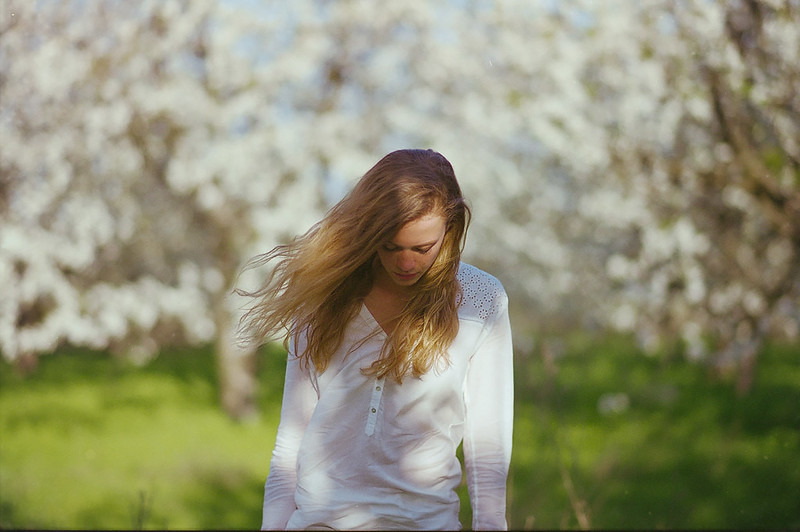
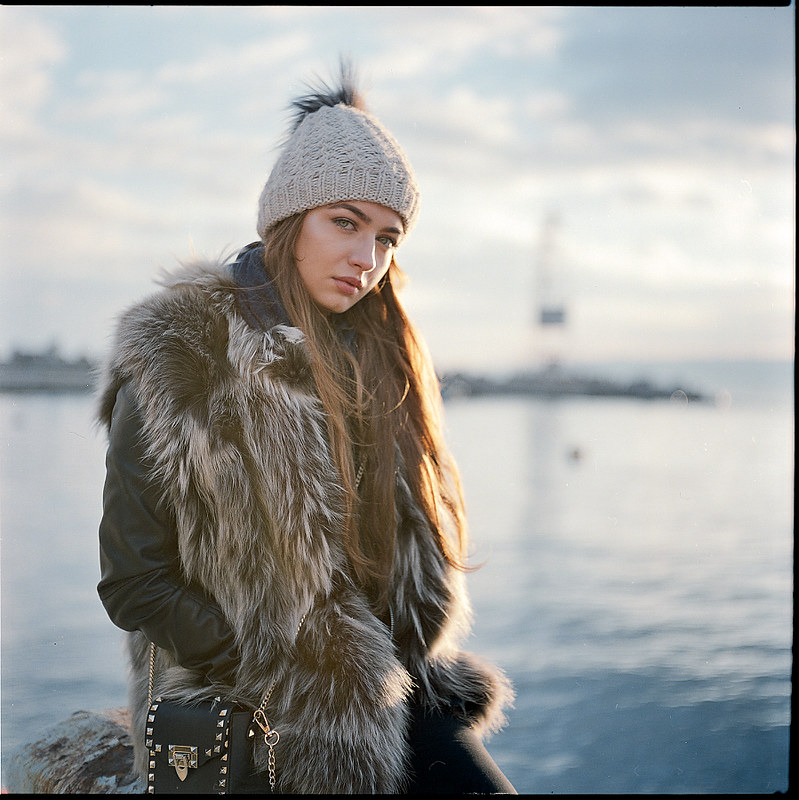
I am planning to create an article about this with some test shots on different sizes of sensor and film in the near future. That is one of the reasons why I bought some medium format cameras recently.
B: What do you think is the best picture you have taken so far and why?
S: This is like the question about my favorite lens :D. I can’t decide which one. I like them all.
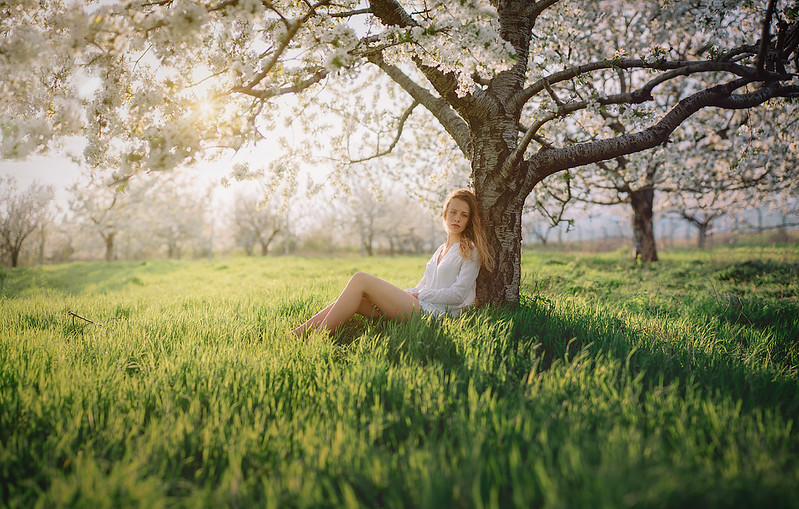
B: Can you suggest a lens we should review?
S: I am curious about the latest Laowa 15mm 2.0 lens. I hope that you will get a copy for testing soon. Also you can check out the speed booster adapters on the market like Metabones, Mitakon, Kipon. Tilt and Tilt/Shift adapters… Those are interesting topics if you ask me.
B: Where can people see more of your images?
S: I post almost everything on my facebook page : Retouch & Photography by Simeon Kolev, also people can checkout my flickr account where I post not that artistic pics when I have an opportunity to test a lens or camera. I also have a domain – snimo.net where I am planning to make a web site but for now there is my behance account. I also post in 500px and 35photo.ru but not everything I do is there.
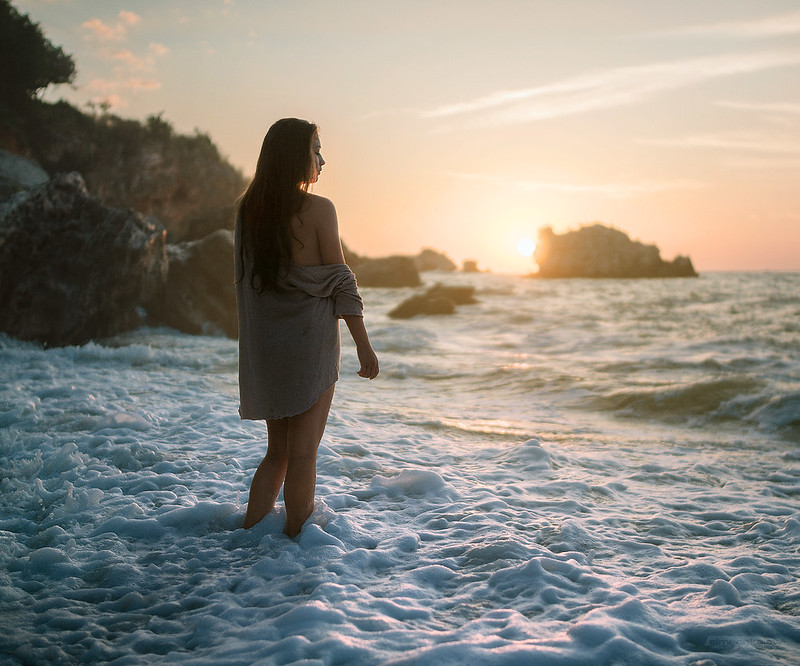
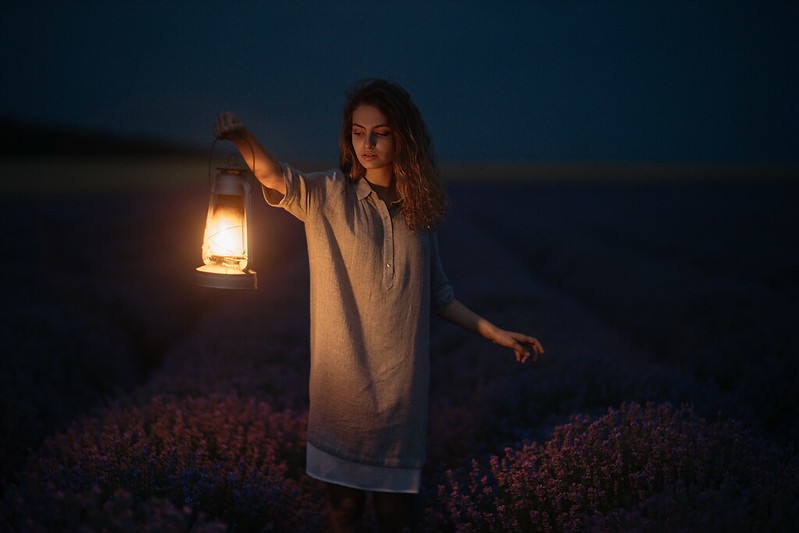
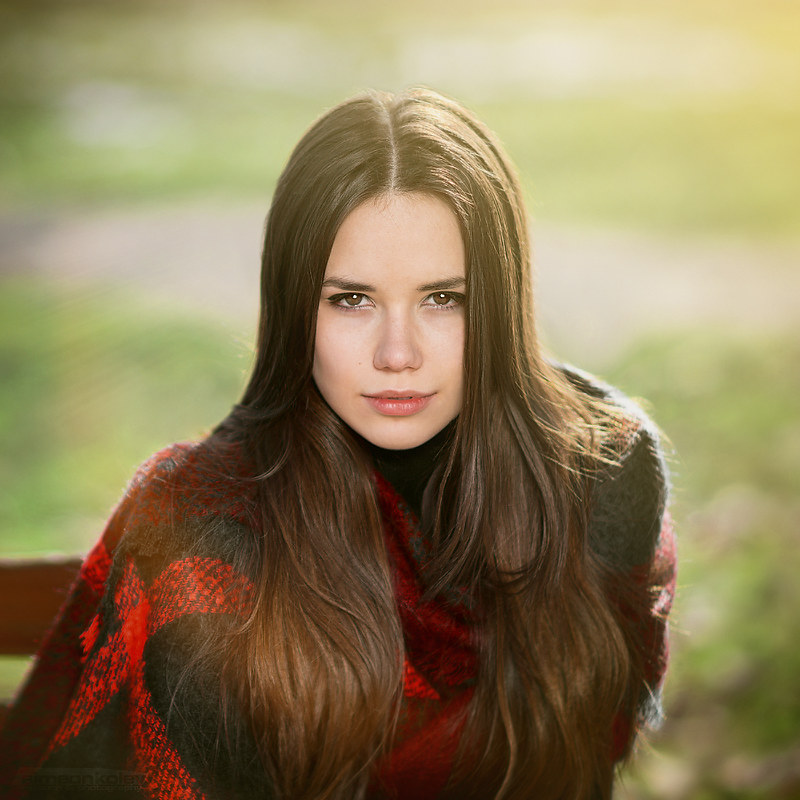
Latest posts by Simeon Kolev (see all)
- THE MANUAL PHOTOGRAPHERS SERIES PART 6: Simeon Kolev - July 17, 2017
Excellent Photographer, equipment, and taste, keep going with good work as manual photographer fill the same all my weddings are with manual focus on old legacy’s lens and as you said “is making me feel free” and with ridiculous aperture like 1.2 or in your case 0.95. thank Phillip to bring it!
Thanks for the good words :)!
A very interesting Photographer. really opened my eyes to some new things, I’ll have to keep an eye out for their film/format test/review.
~nicholas
A very good photographer, I always impressed his photos!!!
Hi simeon,
This samyang 35mm 1,2 @ Sony A7 looks great!
Which of there flickr pictures are cropped?
Or none?
Cheerz Reinhard
Hi 🙂 there are cropped and not cropped. Most of the 3:2 aspect ration shots are not cropped. Ask me on flickr in the comments under every shot you have doubts 🙂
Absolutely wonderful work – thank you for shooting and sharing ideas and equipment, Simeon. Thank you also, Phillip and all, for this fabulous site.